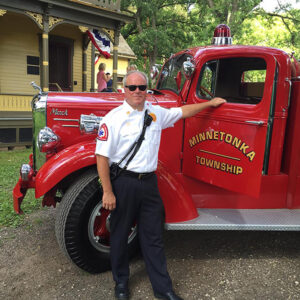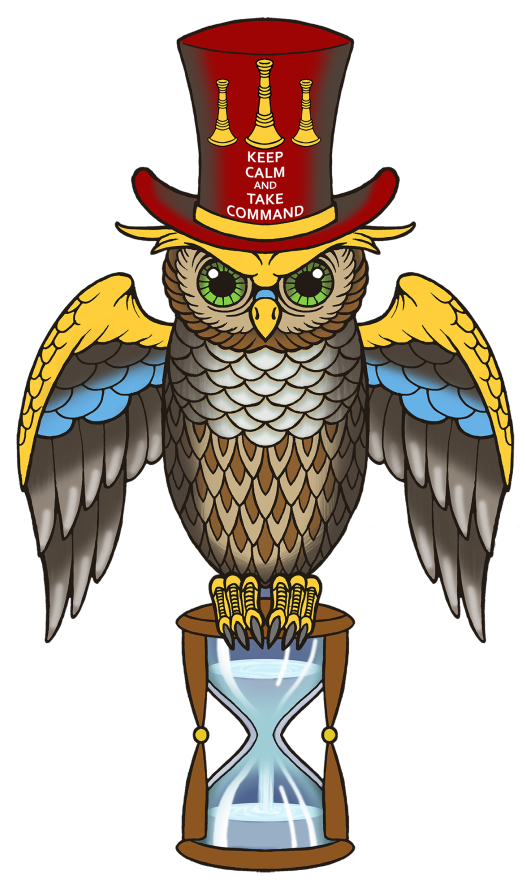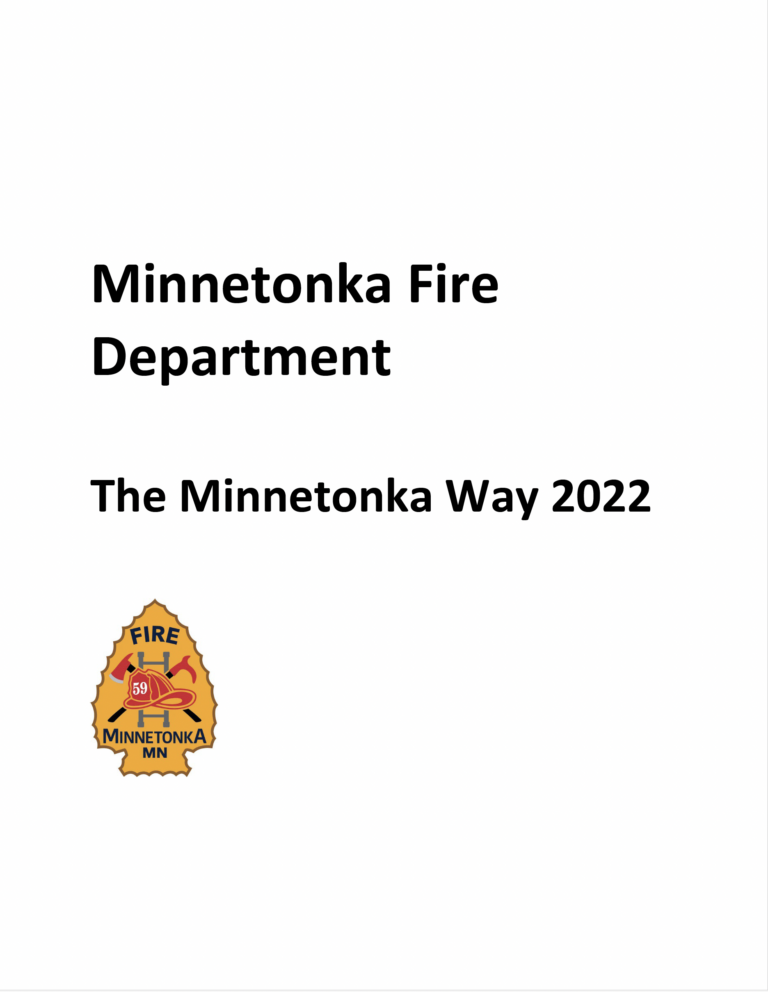Create Your Own WAY: How to develop a blueprint for excellence within your organization
April 9, 2025Create Your Own WAY: How to develop a blueprint for excellence within your organization
By John Vance
B Shifter Buckslip, April 15, 2025
As a fire chief, I believed one of my primary duties was to communicate our vision, mission and organizational priorities while ensuring they aligned with the department’s expectations. Nearly every meeting I led reinforced these priorities and expectations. As chief, you must be the champion behind consistently communicating your department’s driving principles.
As a leader, I emphasized clarity, purpose and engagement in leadership and organizational health. Staying focused on why we are here and how we will operate defines our purpose, focus, and reason for coming to work. After several years of meetings, team agreements and refinements, we created a reference guide for our culture and operational philosophies called “The Minnetonka Way.” You can download the document here.
Creating a “Way” document for your department provides a clear outline for integrating how you operate into the organization’s DNA. It serves as a guiding philosophy and a practical framework for firefighters, officers and community partners, ensuring that every member operates with a shared commitment to doing what we say and saying what we do while we educate new members and remind veterans what our WAY of doing business is.
It serves as a guiding philosophy and a practical framework for firefighters, officers and community partners, ensuring that every member is committed to integrity—doing what we say and saying what we do—while educating new members and reminding veterans of our WAY of doing business.
Create a Living Cultural Blueprint
At their core, “The Way” documents are cultural blueprints that define how the department functions internally and engages with the community. It emphasizes that firefighting is more than just responding to emergencies—it is about embodying values that foster trust, accountability and effectiveness. The document highlights essential themes such as service before self, leadership, respect and continuous improvement as fundamental pillars of the department’s identity.
"If an organization is to be successful, it must have a reason to exist that is so compelling that it makes people want to come to work." — Patrick Lencioni
One of the most powerful aspects of this document is its acknowledgment that it must evolve with the department; it is a living framework designed to adapt as challenges, expectations and best practices in firefighting change over time. Through meetings, conversations, surveys and planning sessions, a department discovers its “The Way,” which should have a place in almost every aspect of daily operations.
Clearly Identify Mission, Motto & Principles
A department’s “Way” document should begin with a clear mission emphasizing its unique vision and mission statement. This mission should be complemented by a simple, powerful motto—such as Service Before Self—to encapsulate the essence of public service.
Guiding principles such as safety, effectiveness and kindness ensure that every firefighter approaches their work with a balanced mindset. The document should encourage firefighters to be well-trained and customer-focused, always striving to execute their duties with skill and compassion.
Emphasize Professionalism & Risk Management
Professionalism is a key expectation in any fire department. “The Way” should emphasize that being a professional firefighter is not just about wearing a uniform—it requires consistent training, adherence to ethical standards and a commitment to serving the public with dignity.
Risk management is another cornerstone of a successful fire department. A “The Way” document should integrate critical decision-making models and risk management plans to ensure that firefighters can assess risk factors effectively, make informed decisions, and prioritize safety during emergency responses. The inclusion of a guiding philosophy, such as Chief Alan Brunacini’s quote, “We must be doing everything right when something goes wrong”, reinforces the need for preparedness and accountability in all operations.
Foster a Culture of Respect, Teamwork & Leadership
A fire department cannot function effectively without strong internal relationships. “The Way” should dedicate significant attention to fostering respect, kindness, patience and consideration among members. It should also emphasize stopping negative internal relations before they impact performance and public trust.
The document should define leadership expectations, urging officers and firefighters to support one another and maintain open communication, ethical standards and unity. Officers should be expected to lead by example, holding themselves and their teams accountable while fostering a culture of mentorship and growth.
Interactive Prompts Help Reinforce Firefighter Empowerment
A unique feature of “The Way” is its interactive approach. As an example, “The Minnetonka Way” document shared above encourages firefighters to reflect on important questions, such as:
- Why did you become a firefighter?
- How does the public view firefighters and trustworthiness?
- What do you expect from department leadership?
These prompts reinforce that every firefighter is not just a responder but a decision-maker whose judgment, ethics, and dedication impact public safety. Decision-making should be structured around ensuring that new policies, procedures, and practices always align with the needs of the community.
How to Create Your Own “The WAY” Document
Organizations looking to create their own WAY document should include the following elements:
- Mission Statement – Clearly define the purpose of the organization.
- Motto – A simple, guiding phrase that encapsulates the department’s identity.
- Core Values – Define the principles that every member must uphold (e.g., safety, professionalism, integrity).
- Cultural Expectations – Outline how members should treat each other and the public.
- Leadership Principles – Establish the roles and responsibilities of officers and command staff.
- Decision-Making Framework – Guide how critical decisions should be approached.
- Commitment to Improvement – Emphasize ongoing training, adaptability, and innovation.
- Engagement Questions – Encourage reflection and discussion among members.
By following these steps, organizations can craft a “Way” document that serves as a cultural cornerstone, guiding every member toward excellence in service and leadership.
Continuous Improvement & Adaptability
Firefighting is an evolving profession, and “The Way” should acknowledge that staying relevant requires ongoing learning and innovation. The department should commit to:
- Regularly evaluating policies and procedures.
- Encouraging firefighters to set long-term personal and professional goals.
- Implementing data-driven improvements for better service delivery.
Rather than being bound by tradition for tradition’s sake, the department should foster an idea meritocracy, where the best ideas—regardless of their source—rise to the top and are implemented for the betterment of the team and the community. It is imperative that this document is not created by the chief or executive leadership team but rather a participatory process in which all members of the organization are encouraged to give input and reflect on the organization.
Service Before Self: The Ultimate Standard
Perhaps the most impactful message of The WAY is that firefighting is a calling, not just a job. The department should pledge to respond with competence, professionalism, and compassion, even in the most challenging circumstances. Firefighters should be expected to prioritize public safety above all else, while also maintaining their own physical and mental well-being.
A well-crafted “Way” document is more than just a set of guidelines—it is a commitment to excellence in public service. By establishing clear expectations, fostering leadership at all levels and emphasizing continuous improvement, any fire department or public service organization can create its own “Way” that ensures alignment with its mission and values.
This document should not only reflect a department’s dedication to saving lives and protecting property but also underscore its commitment to building a positive, respectful and professional culture. As organizations continue to grow and evolve, “The Way” will serve as a steadfast guide, ensuring that every member upholds the highest standards of service, leadership, and integrity.
The “way” we operate should be authentic, understood by all members and more than a slogan on our trucks. It should be consistently communicated and become the operating system that drives your department!

John Vance recently retired as a fire chief after 22 years in the front office. He is currently a battalion chief with the Chanhassen (Minn.) Fire Department; he has been a chief officer since 2002. He is a proud Blue Card lead instructor and an accredited chief officer through the Center for Public Safety Excellence. John has a bachelor’s degree in fire service management from Southern Illinois University and a certificate in executive management from the University of Notre Dame. He is the host of the B Shifter Podcast.




